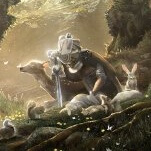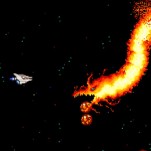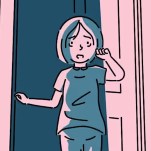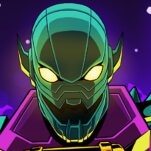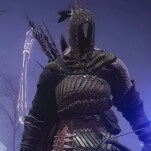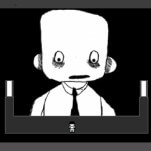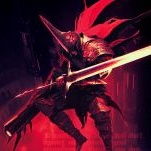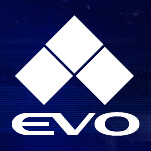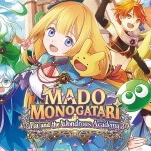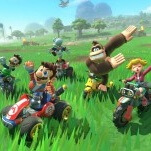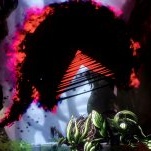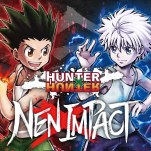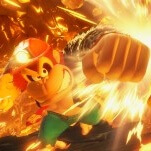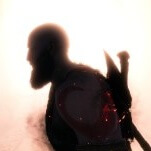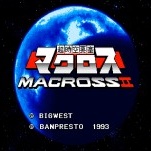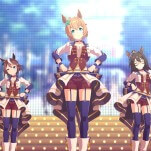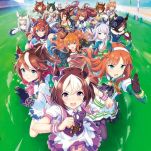The Esoteric Soulframe Wants to See How Weird a Successful Free-to-Play Game Can Get
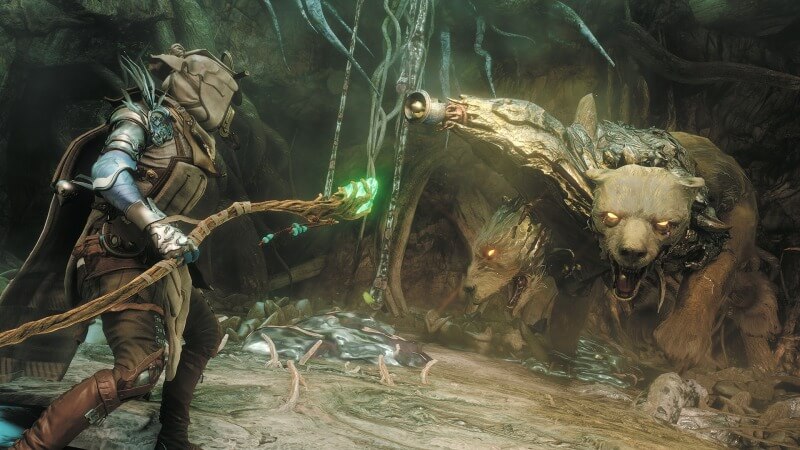
How weird can a free-to-play game get? Perhaps this is a moot question, when a game about training and racing anime horse girls is a legitimate hit. However, the general impulse of live service is toward a fundamental common denominator. Games like Mecha Break tend toward generic sci-fi aesthetics. Mobile games lean bland and cutesy. Even Uma Musume: Pretty Derby, which is pretty weird, is perfectly recognizable as a modern day sports anime. In some sense, Soulframe is no different. It’s another free-to-play fantasy game modeled after Breath of the Wild. Snore! Yet Soulframe is strange in a way that is hard to reduce to quirk. It has an aesthetic that draws on ancient epic and “weird” fantasy fiction as much as the MMO hits of the last decade.
This could be seen as predictable. Developer Digital Extremes’ prior game Warframe is still the ultimate purveyor of free-to-play weirdness. Its financial model is familiar: you can buy new “warframes” (think weaponized suits i.e. Iron Man) and upgrade them with a variety of materials and currencies. Content drops have defined self-player missions, buffeted by co-op “raids” and material grinding. But the warframes themselves are eldritch, sometimes horrific machines. Its narrative is disorienting, even dis-empowering. Its world-building is dense and jargon-heavy, but in a way that feels more foreign than other sci-fi games in its weight class. Destiny has plenty of strangeness, but it does go to some pains to explain itself. The bewildering parts of its canon are tucked in side material and item descriptions. In contrast, Warframe deploys in-world jargon and slang in equal measure and expect you to keep up with it. It forces you to interpret it as you play.
Soulframe is much the same, in both its boilerplate qualities and its surrealism. You’ll customize your character’s hair, eye, and skin color by selecting portions of a spoken-word poem. After a cryptic cutscene, you’re thrown into the world with no clear objective, just the ability to summon a bird to guide your path. Soulframe’s world is verdant, rolling hills and twisted tree trunks. But curved monuments and gigantic ships–more than a little reminiscent of HR Giger’s Dune concept art–muddy rivers and call down lightning. Discovering new areas will prompt a display of their name, but in a unearthly script which resembles no human language. Soulframe is designed around a kind of disorientation. For every way it feels familiar, there is also a way it undercuts that familiarity.
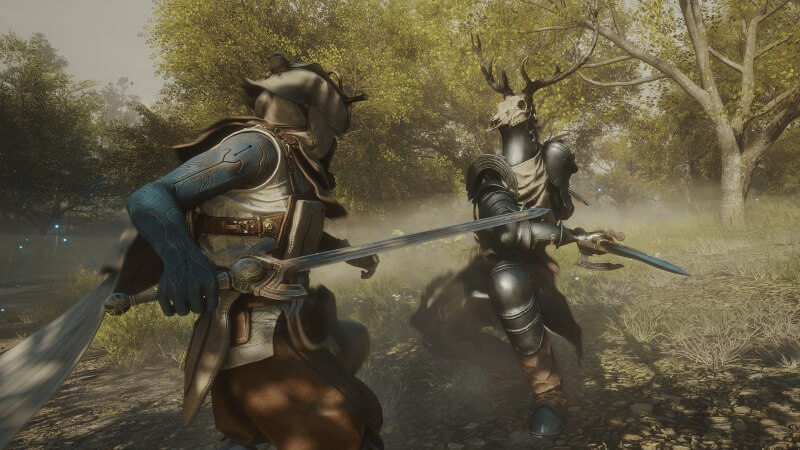
-

-

-

-

-

-

-

-

-

-

-

-

-

-

-

-

-

-

-

-

-

-

-

-

-

-

-

-

-

-

-

-

-

-

-

-

-

-

-

-

